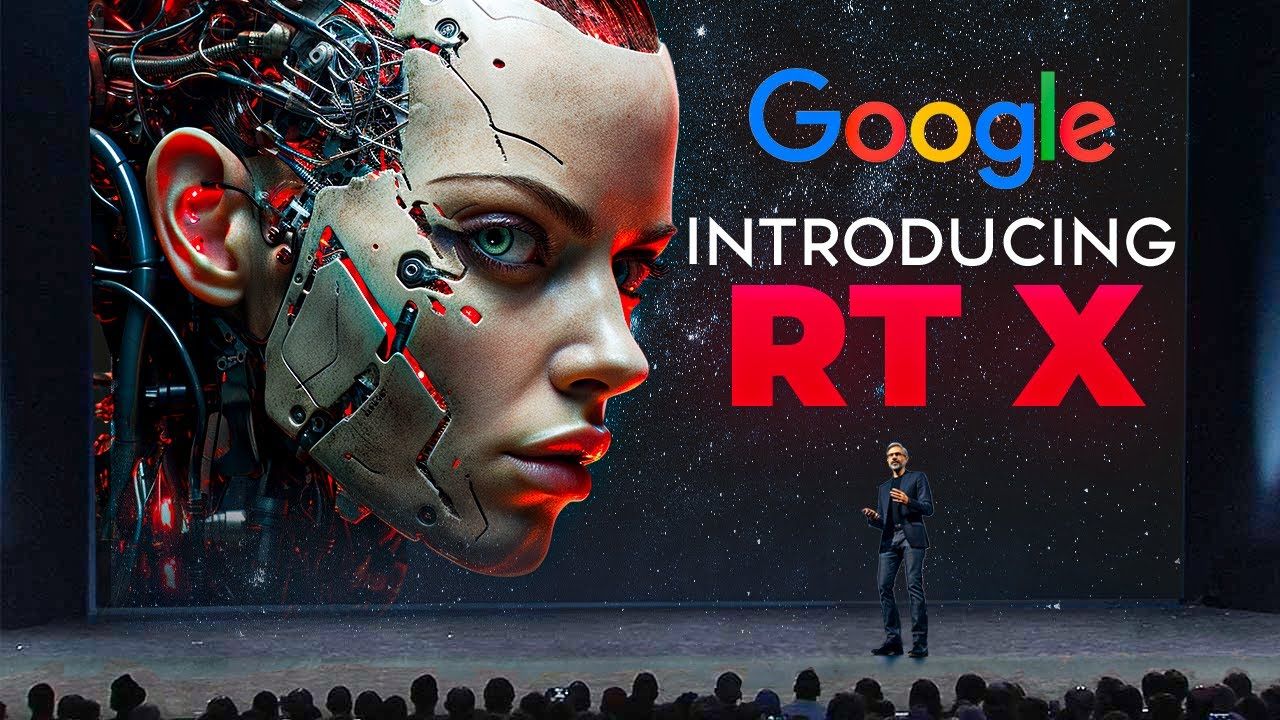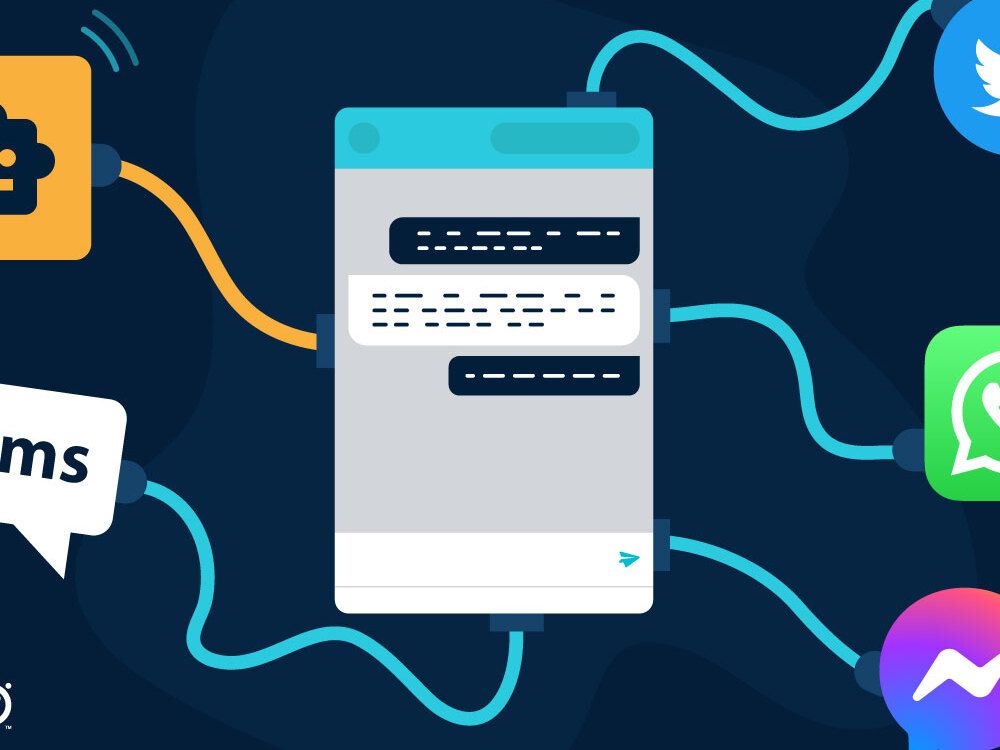The most important AI trends in 2024 Part 2
The year 2024 brings significant advances in AI that have the potential to transform various industries and aspects of our daily lives. This article focuses on three key trends in AI: personalised chatbots, general-purpose robots capable of performing multiple tasks at once, and the use of AI in science. These areas represent significant potential for improving efficiency, productivity, and innovation in a variety of spheres.
AI in science
Scientific research is being revolutionised by advanced AI. By 2024, AI is expected to play a key role in many areas of science, from climate change to the development of new medicines. Researchers are using AI to create better weather forecasts, carbon emission estimates and tools for sustainable agriculture. These technologies are helping farmers become more efficient and reduce their environmental impact.

In medicine and life sciences, AI is being used to accelerate research and development of new medicines. Scientists are collaborating to create the world's largest AI models to help fight cancer and infectious diseases. These models allow thousands of experiments to be simulated at once, dramatically reducing the time it takes to develop new therapies. AI is also being used to analyse genetic data and identify new molecules that may form the basis for new drugs. These advances can shorten the process of scientific trial and error from years to weeks or months, speeding up the time to market for innovative therapies.
AI tools are increasingly being integrated into different phases of scientific research, from planning experiments to analysing results. These tools can process and analyse vast amounts of data, identify patterns and provide scientific insights that would otherwise remain hidden. AI is driving a revolution in scientific discovery and can potentially accelerate solutions to some of the greatest challenges facing humanity, from energy crises to new pandemic threats.
Robots that do more things at once
A major shift in robotics is underway in 2024, with a focus on developing robots capable of performing a wide range of tasks. This approach is inspired by the current boom in generative AI, which demonstrates how versatile models can be trained to do different tasks at once.
Traditionally, robots have been trained to perform specific tasks, such as image identification, drawing, or labeling. This approach required the use of multiple small models, each focused on a specific task. However, attention is now shifting to the development of monolithic models that can perform multiple tasks simultaneously.

In 2023, DeepMind released Robocat, which generates its own data by trial and error to learn to control different robotic arms. This approach allows the robotic system to be able to perform a variety of tasks without the need for specific training for each task. Another example is the RT-X model, developed in collaboration with 33 university laboratories. RT-X is a general-purpose model for robots and uses a new large set of generic training data. This data allows robots to learn and adapt to different tasks in both industrial and domestic environments.
Universal robots represent a great potential for the future of robotics. With the continued development and refinement of multimodal models, we can expect robots to be able to perform an increasingly wide range of tasks in a variety of environments. Developers are focusing on improving robots' ability to learn and adapt, which will contribute to their wider use in industry, the home and other areas.
Personalisedchatbots
In 2024, personalised chatbots will become an increasingly important tool in technology and services. Businesses can create chatbots that can address specific customer questions, provide technical support, and streamline customer service processes. These chatbots can be trained on specific products and services, increasing efficiency and customer satisfaction.

Educational institutions and individual teachers can use personalized chatbots to provide specific information and guide students through learning materials. Chatbots can be tailored to specific curricula and learning styles, increasing the effectiveness of education. In healthcare, personalized chatbots can assist patients with questions about their health, treatment, and prevention. These tools can provide personalized advice based on patients' individual health records and preferences.
Many people can use chatbots as personal assistants to organize their time, schedule tasks, remind them of appointments, and other daily activities. These assistants can be customized based on users' individual needs and preferences. As this technology continues to evolve and improve, we can expect even broader possibilities and applications in the future.